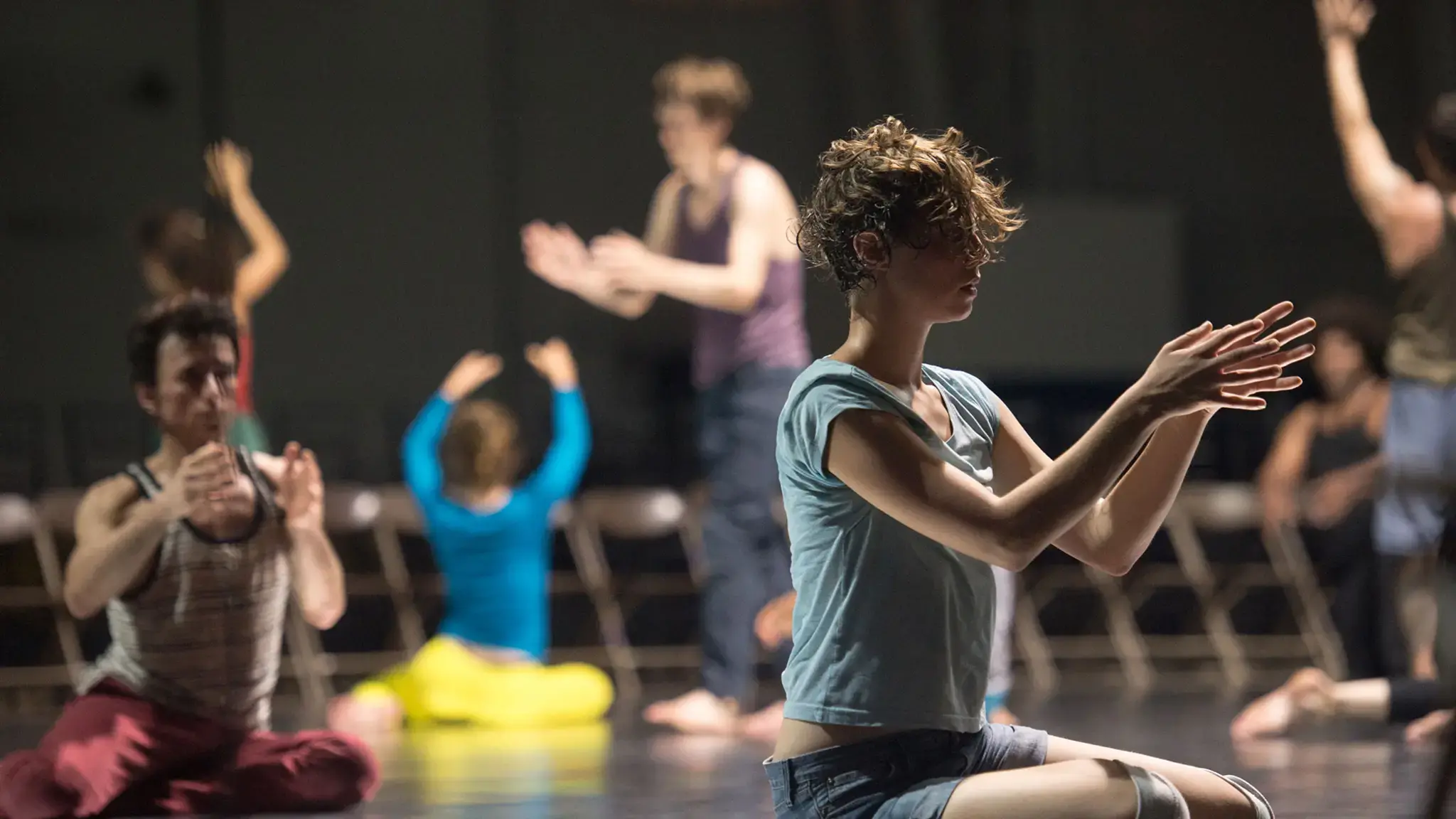Choreographer, dancer, and director of France’s Musée de la danse, Boris Charmatz spoke with curator and Center colleague Simon Dove on how a living collection of dance can be conceptualized. “In dance, the museum is the body,” Charmatz said. “We don’t have museums because the body is the archival place. It is the place where we have the scores, we have the artworks…The main source is the dancer’s body.” Charmatz also discussed the issue of authorship within a “museum of dance,” bringing into question what the dancer and the choreographer both “own” in the preservation of a dance work.
In October 2018, Boris Charmatz examines the presentation of public performance in relationship to the exhibition of visual art objects by transforming Philadelphia’s Barnes Foundation with a one-day, free exhibit of live dance. Presented by Drexel University’s Antoinette Westphal College of Media Arts & Design,Philadelphia Museum of Dance is supported by a Center project grant and features performers from Philadelphia and New York, concluding with Charmatz’ own company performing danse de nuit—a work for six dancers assembling in a public space at night.
Simon Dove, who is a co-curator of Philadelphia Museum of Dance, conducted this interview in September of 2016, when Charmatz was leading a series of workshops, lectures, and a performance of his Levée des conflits as part of a Center-supported residency with Westphal College. Hear more from Charmatz on re-enchanting public space through dance and creating a museum of dance as part of our Questions of Practice series.









